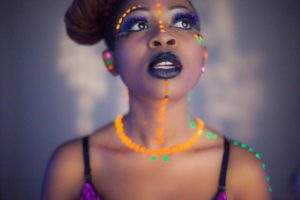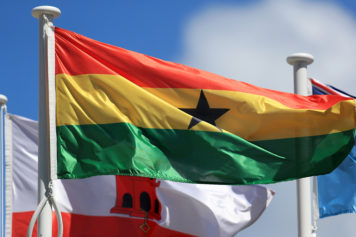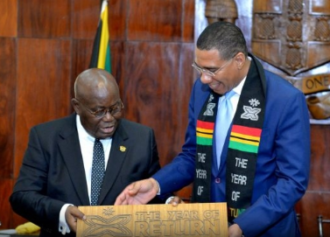When Ghanian artist Azizaa Mystic started taking her music career seriously, she began to incorporate West African deities into her lyrics. “If I’m going to sing, I’m going to sing about what I’m passionate about,” Mystic said.
In her new music video “Black Magic Woman,” she contrasts spiritual practices from West Africa, including Vodun (which is sometimes called Voodoo), and Christianity. To her, Christianity marks a departure from Ghana’s spiritual traditions, and now that she has the mic, she’s reclaiming Ghana from Christianity through music one song at a time.
Ghana is one of the most religious countries in the world. Ninety-six percent of people call themselves religious, according to a recent International Gallup Poll. And most of them — 71.2 percent — follow Christianity, which was introduced as early as the 15th century through the early modern Atlantic slave trade. The number of people practicing traditional religions is only 5.2 percent of the population.
Mystic was raised Christian in Ghana, but left the country and moved to the U.S. at the age of ten. Now, having left the church, her music is influenced by indigenous spiritual practices from West Africa, including Vodun. “What I needed to do was go back to where I came from, or sankofa — return to my roots,” she said.
We spoke with Mystic about how her music marks a return to the traditions that she says are vital to understanding Ghana.
How has Ghana, your native country, influenced your music?
With the “Black Magic Woman” song — it has a lot to do with your traditional music. It’s derived from traditional music — like Ewe music or Agbadza. A lot of the sounds in the instruments and in the beat — it’s all Agbadza sound blended with Trap [music] and 808 [drums]. It has a little bit of Adowa, which is from the Ashanti tribe in Ghana. Everything is really inspired from the traditional sound.
Read more at pbs.org



